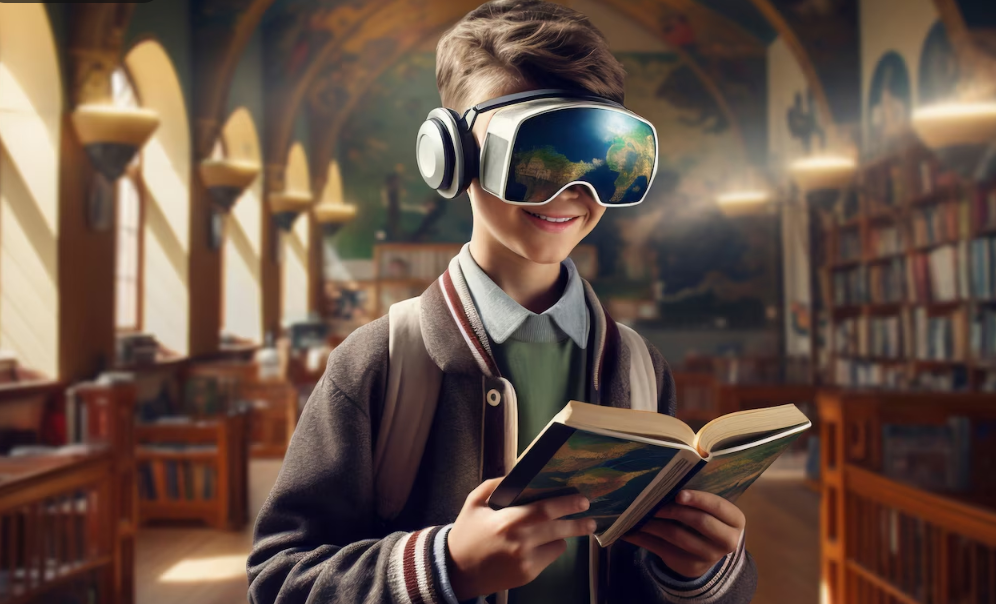Artificial Intelligence (AI) is no longer confined to laboratories or tech companies — it’s becoming a creative partner in art studios, music production rooms, and literary circles. As algorithms evolve to understand patterns, styles, and emotional expression, AI is reshaping the creative landscape in profound ways. This article explores how AI is being integrated into the creative arts, from painting and music to writing and design.
Creativity Meets Code
Traditionally, creativity was considered a uniquely human domain — an expression of emotion, intuition, and personal experience. However, AI systems are now demonstrating capabilities that challenge this belief. By learning from massive datasets of human-created content, AI can generate new works that often blur the line between human and machine-made art.
Rather than replacing human creativity, AI is emerging as a powerful collaborator.
Major Fields Transformed by AI
🎨 Visual Arts
AI-generated art has exploded in recent years. Generative Adversarial Networks (GANs) can produce original images, paintings, and digital artworks based on learned aesthetics.
- Style transfer algorithms allow users to recreate images in the style of famous painters like Van Gogh or Picasso.
- Platforms like DeepArt or DALL·E let anyone create surreal or highly detailed artworks from text prompts.
AI doesn’t just imitate — it invents, offering artists new tools to explore form, color, and composition.
🎵 Music Composition
AI tools are being used to compose music across genres, from classical symphonies to electronic beats.
- Systems like Amper Music and AIVA can compose soundtracks for films, games, and commercials.
- AI can also collaborate with musicians, providing improvisation, harmony suggestions, or accompaniment in real time.
Musicians now explore hybrid forms where machine-generated and human-composed segments flow seamlessly.
✍️ Creative Writing
From poetry to screenplays, AI is playing a growing role in storytelling.
- Large language models can co-author novels, write dialogue, or even generate full scripts based on a plot outline.
- Tools like Sudowrite help writers brainstorm ideas, expand narratives, and overcome writer’s block.
While AI-written literature is still debated for its depth and originality, it has become a helpful catalyst for many writers.
🎭 Performance and Theater
AI is making its way onto the stage — literally.
- Interactive plays now incorporate AI characters that respond to audience inputs.
- Dancers and choreographers use motion-tracking AI to create responsive, evolving performances.
These integrations redefine performance art, blending spontaneity with machine logic.
Benefits of AI in the Creative Process
- Speed and Efficiency: AI can generate drafts, samples, or concepts rapidly, allowing artists to iterate more quickly.
- New Inspiration: Unexpected outputs can lead to creative breakthroughs and fresh perspectives.
- Accessibility: Non-experts can create high-quality art or music without traditional training.
- Collaboration: Artists can explore human-machine co-creation, pushing the boundaries of their work.
Limitations and Ethical Questions
Despite its promise, AI in the arts brings important challenges:
- Authenticity: Who is the “real” creator — the AI, the programmer, or the person who gave the prompt?
- Originality: Can AI truly innovate, or is it just remixing existing ideas?
- Copyright: Legal frameworks struggle to keep up with AI-generated works.
- Job Displacement: Some fear automation could threaten traditional roles in creative industries.
Balancing innovation with ethical considerations will be key as this field matures.
A New Chapter for the Arts
AI is not here to replace the artist — it’s here to expand what’s possible. Like the invention of photography or the synthesizer, AI is another tool in the creative arsenal. The future of art may not be human or machine-made, but a beautiful fusion of both.
In this new era, creativity has no boundaries — and neither does its source.


